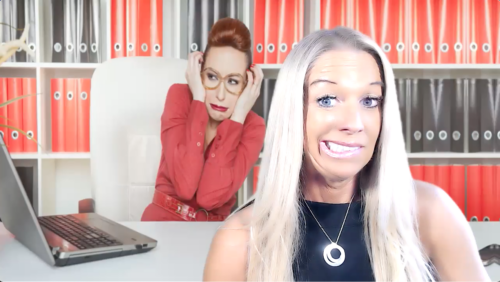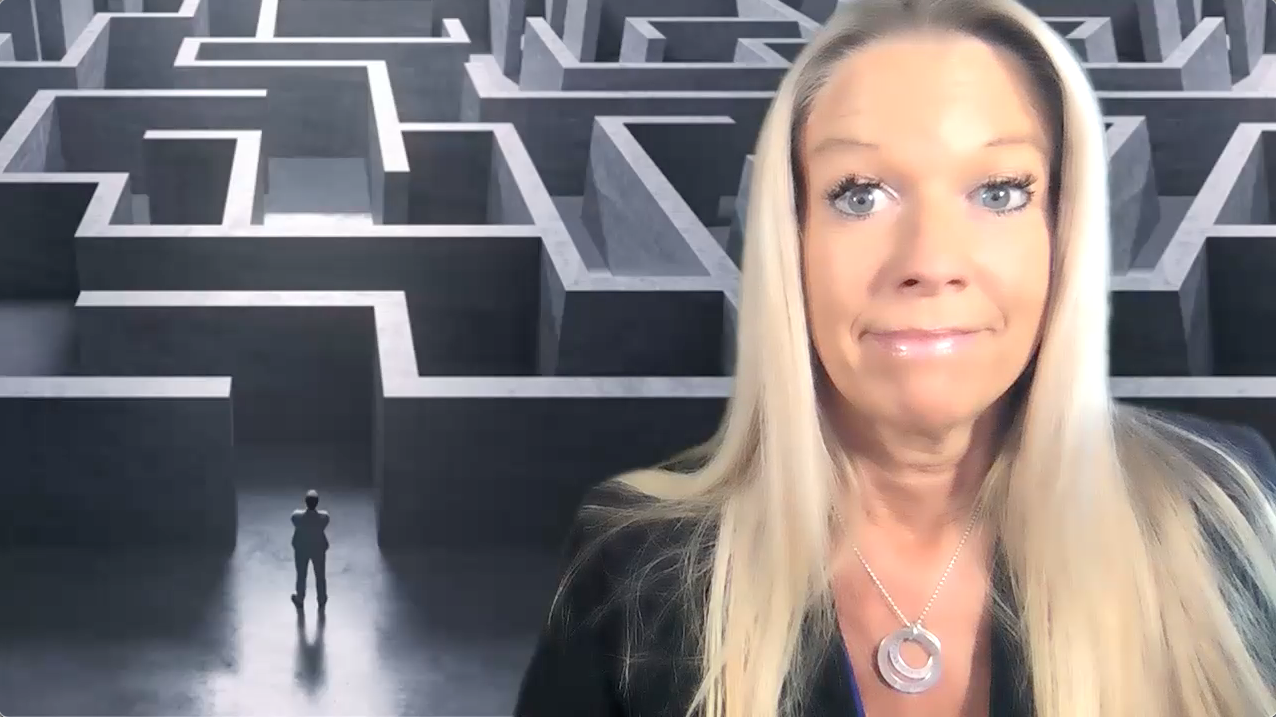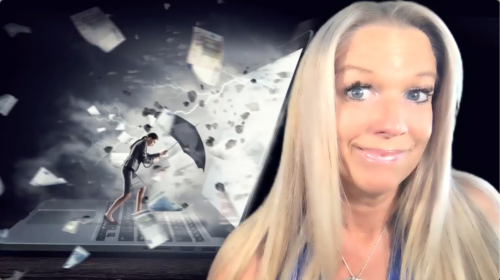Welcome to part three of the Procrastination Series. In the very first blog, we identified what kind of procrastinator we are. I had mentioned five different types. There's many more, however, we've stuck to five of the most common ones, in my opinion. Go back and check it out HERE if you have not had a chance to look at it yet. In the second blog, last week, we talked about the first type of procrastination, which is the fun procrastination: Choosing something that's exciting over something that is boring. If that sounds like something that you do, you can catch up HERE if you missed it.
Has this ever happened to you? You're walking, not paying attention to what you're supposed to do, which is cross the street, and you're paying attention to your phone. All of a sudden, you hit a telephone post. It happened to me! I'm sure we all get distracted sometimes. Watch the following video or keep reading for more...
Let's talk about the second type of procrastination, the distraction procrastination. This is connected to the executive brain function that is in control of the cognitive inhibition. The cognitive inhibition is the ability that our brain has to turn off different stimuli that are not relevant. Anything that's irrelevant to what we want to pay attention to gets turned off. Now cognitive inhibition itself is not what causes us to procrastinate. We're not just talking about a lack of awareness. It's something that is a bit deeper. It's an active process that actually requires a constant energy expenditure. You spend a lot of energy refusing to pay attention to these different stimuli, these noises or other things that want to grab your attention.
A lot of us procrastinate, not because it's a choice that we make. Last week, when we talked about the very first type of procrastination, we identified that it's a choice that comes from inside: We choose something that's exciting over something that is boring. The second type, the one we're going over this week, comes from the outside. It means it's a distraction. It's something else. It's that noise, the little drop dripping in the sink. Somehow, these external stimuli keep us from being able to concentrate, so we are not doing the task that we're supposed to do, or we get interrupted and we start doing something else instead because we get distracted.

The cognitive inhibition brain function allows you to constantly turn off the stimuli. And if you don't practice your ability to do that, you constantly spend a lot of energy trying to turn off all these stimuli.
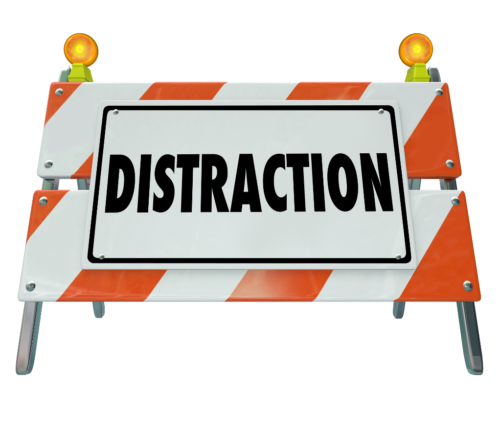
SOLUTION #1: TURN IT OFF!
If you have a task that you must do, pay attention to the environment around you and make sure that you turn off all the distractions. Close the door to your office. If you're working from home, tell your family not to interrupt you. If not, tell your coworker that you're working on something important. Tell your environment around you that you're focusing on something. At home, the door to my office is open most of the time, but whenever I'm in a recording or when I'm in with a client, I close the door. That's the signal for my husband not to come and knock because sometimes if I'm writing, if I'm doing something that requires a lot of concentration, and then the door opens and my husband asks: "Do you want something? Do you want a glass of water?" I lose my focus. All of these distractions require a lot of energy. So, we have this system, my husband and I, that if he goes somewhere, he sends me a text or he actually writes a note on the counter. "I went for a walk" instead of knocking on my door. Then, when the door is closed, he doesn't open it unless it's really important.
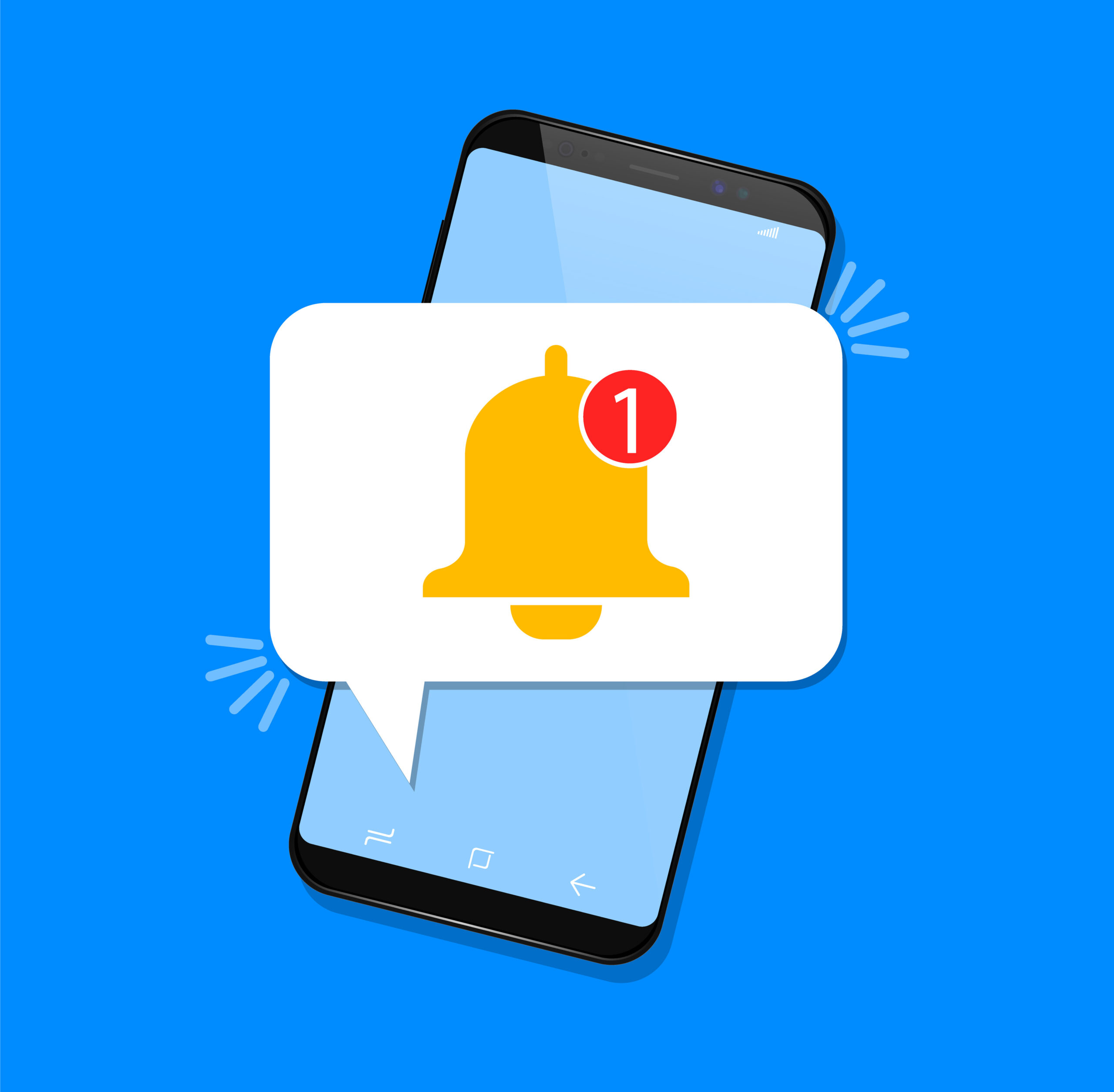
SOLUTION #2: NOTIFICATIONS = OFF
Turning off distractions means turning off the ones from our devices as well. You know how on your computer or on your phone, notifications pop up when you get a text message or an e-mail, for example? Turn them off. Nowadays, when you download a new app, they ask you if you'd like to allow notifications. Always say no. Turn off all the notifications. If you want to know if you've received a text message, well, click on the text message app on your phone and then go see if there's a text there in your own time. When you have time, in between two different tasks, you can choose to go look at your emails or choose to go look at your texts because you have time. Not because there's that little red dot with a number. The number doesn't matter. It's still going to be there when you're done, and they will wait. Trust me.
We have kind of taught our society that we are very responsive. Teach people around you the frequency of your response, because if they are used to you responding all the time very quickly, they'll continue to expect that. But train them as to how fast you want them to expect a response from you.

SOLUTION #3: SILENCE!
Turn off the noise. If you live in a place where, like here, the gardeners come on Wednesdays with the leaf blower and it's really loud, and if noise is something that distracts you, make sure that you get bulletproof windows or you wear noise-cancelling headphones, for example. That's very, very important, because otherwise, the cognitive inhibition brain function is constantly going to be requiring so much energy that you will not have enough energy for the task that's in front of you, and you'll REALLY want to procrastinate. Put all the chances on your side.
Next week, we'll talk about the third type of procrastination, the anxious procrastination. This is probably one of the most popular ones. People procrastinate because they are afraid of the task that is ahead. It's uncomfortable. They don't like it. They're not used to it. They're not good at it yet. And they're procrastinating it because it's scary. It's fear, it's anxiety. I will see you there!
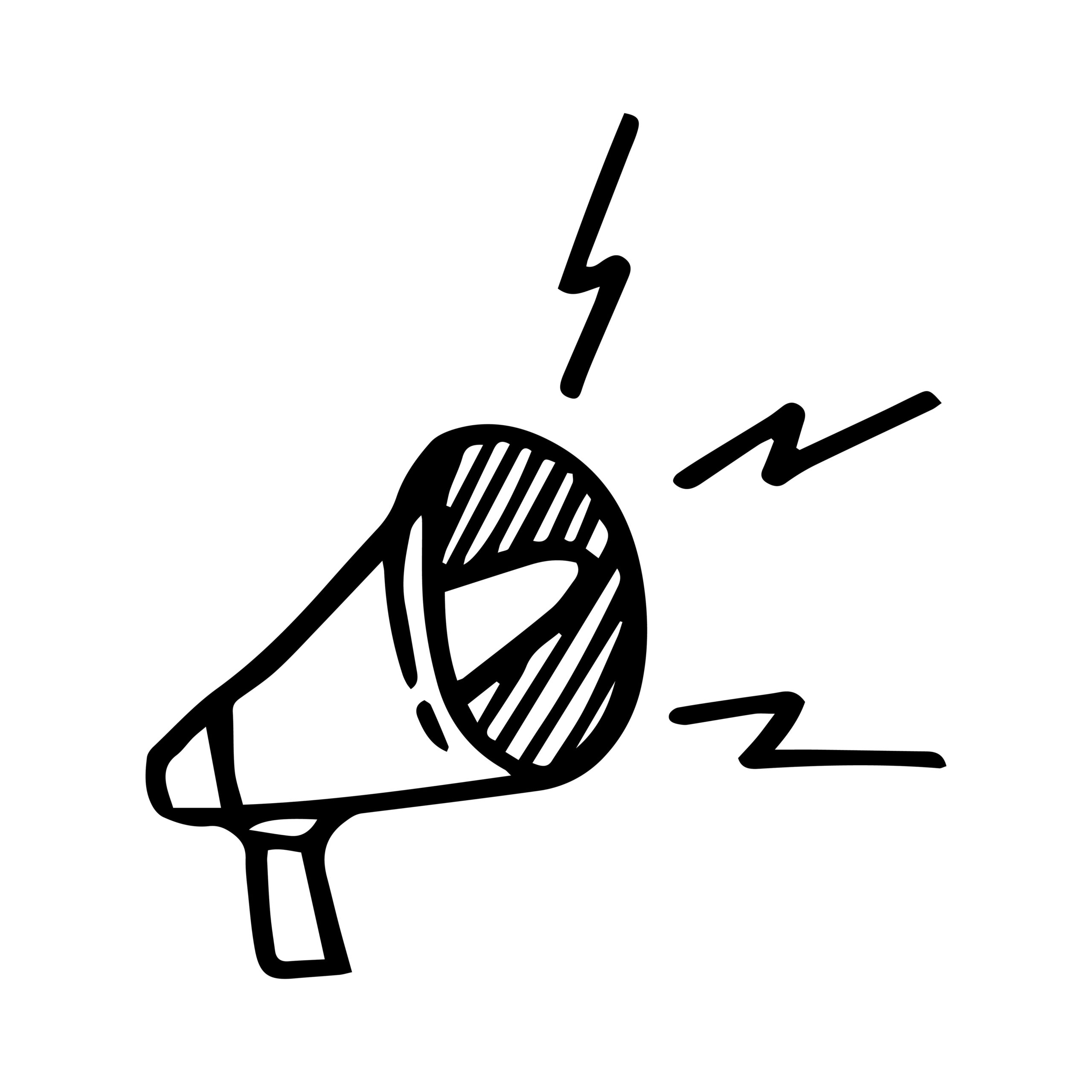

Hey, check out our new course coming out very soon, THINK Yourself® INTO ACTION: Ways to Get Unstuck and Move Into Action. We're going to be teaching you new different processes, strategies, techniques to stop overthinking and procrastination, and also allow you to get rid of all this negative self-talk and limiting beliefs that are keeping you from doing what it is that you want to do. So it's coming out soon, check it out and we'll let you know when it comes out.
In the meantime, check out other online courses that may be useful for you, like THINK Yourself® WEALTHY Online Course – 20 Keys to Inspire Financial Confidence. You can download the 10 Common Behaviours of Financially Confident People HERE.
Want more? Check out the other parts in this series...




